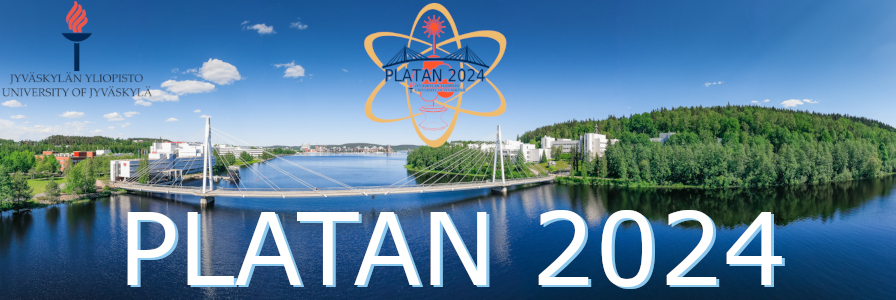Speaker
Description
Studies of the atomic spectrum through resonant laser excitation provide access to nuclear structures. Precise measurements of the interactions of the nuclear ground state with the electronic shell permit the extraction of nuclear properties which are closely related to the nucleus’ configuration and shape. With atomic transitions in the range of a few eV, these are accessible with lasers.
For high-resolution laser spectroscopy, the optical linewidth must be low enough to resolve the atomic lines up to the hyperfine structure but not much narrower than the resolution-limiting effect of the specific experimental setup to maximize the efficiency. Depending on the spectroscopy technique in use, resonance peak linewidths can be as low as 40 MHz. At the cost of challenging experimental setups, pulsed laser light with optical linewidths lower than 50 MHz have been reported[1] by the amplification of a cw-dye in a pulsed dye amplifier (PDA) and of 20 MHz[2] by injection-locking a titanium:sapphire (Ti:Sa) with a narrow-linewidth cw-Ti:Sa. On the other hand, an optical parametric oscillator (OPO) seeded PDA system has demonstrated[3] comparable performance in the range near 330 nm, with a linewidth close to 100 MHz.
As more exotic nuclides are accessible, new laser techniques are needed to produce wavelengths in notoriously challenging ranges, whilst maintaining power stability and optical narrow-band operation. In this context, we propose an all-solid-state system based on an OPO seeded optical parametric amplifier (OPA) to generate narrow-band, high-energy pulses for high-resolution laser ionization spectroscopy, in the range of 1000-1530 nm to be subsequently frequency doubled or tripled, to obtain the desired experimental wavelength. In this preliminary characterization, pulse length and optical linewidth are measured to match the specific experimental requirements.
[1]V. Mishin et al., SP.—JETP 66, 235–42.
[2]M. Reponen et al., EPJ. A 48, 1–15.
[3]M. Urquiza et al., Proc. SPIE., 123990M.

